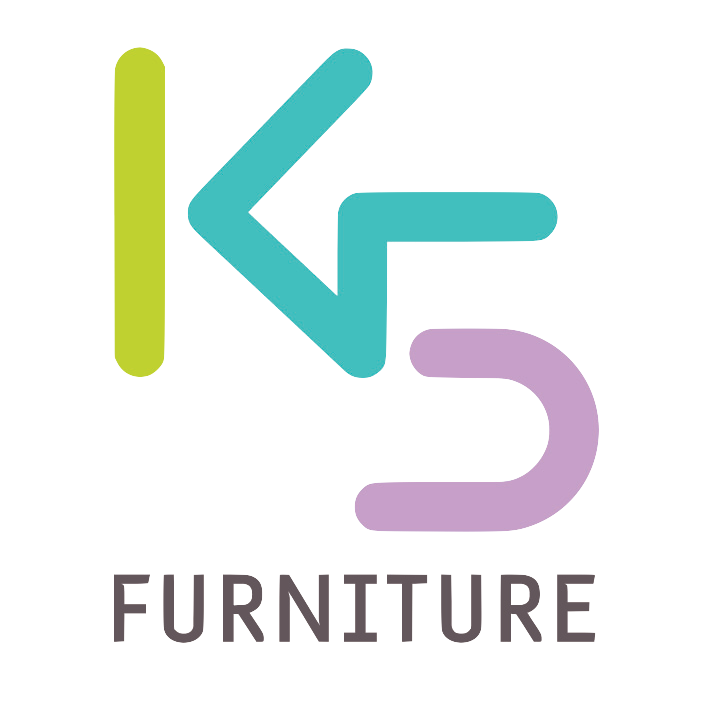Space That Holds Us in Melbourne Design Week
As Melbourne Design Week 2025 comes to a close, we reflect on a week of thought-provoking conversations, sensory exploration, and the growing importance of designing not just for spaces, but for the people who inhabit them.
Through our exhibition Space That Holds Us, we invited visitors into a showroom for the sensors and conversations that explored how design can support emotional wellbeing, ethical innovation, and conscious living. Set within our Collingwood showroom, the exhibition wove together sensory materiality, neurotechnology, recycled product, and slow rituals to ask:
What does it mean for a space to truly hold us — mind, body, and spirit?
Designing the Future in an AI World
Monday 19 May
The week began with Designing the Future in an AI World, a provocative and timely panel discussion exploring the evolving relationship between artificial intelligence and human-centred design. Held at the K5 Furniture showroom and moderated by Dana Tomić Hughes of Yellowtrace, the event brought together a cross-disciplinary panel of experts — including Dr. Lisa Dethridge, Caecilia Potter, Mark O’Dwyer, Mond Qu, and Peter Watson.
Reflecting on the times we live in, Caecilia Potter shared:
“Despite geopolitical upheavals, complex challenges, and a range of dystopian possibilities, I truly believe this is the most exciting time to be alive and the moment to rise to the challenge of creating positive change.”
Panelists offered real-world applications of machine learning, algorithmic planning, generative design, and digital craft, while also cautioning against the risks of over-reliance on automation. Rather than treating AI as a looming threat or passing trend, the conversation urged designers to approach it as an evolving collaborator — one that must be shaped and guided by human creativity, ethical intention, and long-term thinking.
A central theme emerged throughout the evening:
“The future of design depends not on isolated expertise, but on shared intelligence between people, disciplines, and technologies.”
The session concluded with an open forum that sparked lively discussion and spontaneous cross-disciplinary dialogue — a powerful reminder that innovation doesn’t happen in silos, but through collective inquiry. The overarching message was clear:
Meaningful progress won’t come from replacing people with machines, but from designing systems where both can thrive together.
The Art of Wellbeing
Wednesday 21 May
Midweek, we shifted inward. The Art of Wellbeing brought together artist Vipoo Srivilasa, psychologist Isabel Duncan, and artist/art therapist Nusra Qureshi for a beautiful, open conversation moderated by K5’s own Suzette Jackson.
Against the backdrop of overstimulation and burnout, the panel offered a much-needed invitation to pause — to reflect on how art, psychology, and mindful design can become tools for healing, self-awareness, and connection. From the power of daily rituals to the emotional resonance of materials, we were reminded that design isn’t just about functionality — it’s about how we feel, relate, and care.
A standout quote from the night came from Qureshi:
“Art reminds society that you can be an individual, you can have your own thoughts — and in that, original thinking goes a long way in making social change.”
And one audience question captured the reflective tone of the evening:
“Does art create society, or does society create art?”
It was a poignant moment that held the room in silence — and summed up the spirit of the event.
Across both panels and throughout the exhibition, one theme kept resurfacing: intentionality. Whether designing with AI or with clay, building an environment or shaping a thought, how we approach design matters just as much as what we create.
Space That Holds Us was a call to design with empathy. To centre wellbeing and ethics. To shape environments that don’t just function, but feel, nurture, and invite.
We are so grateful to the speakers, artists, facilitators, and attendees who joined us throughout the week — your presence, questions, and insights made these conversations meaningful.













































